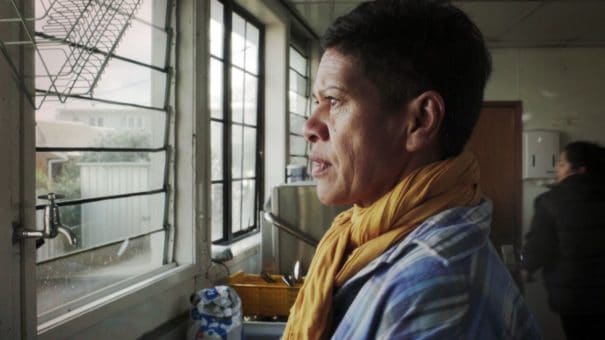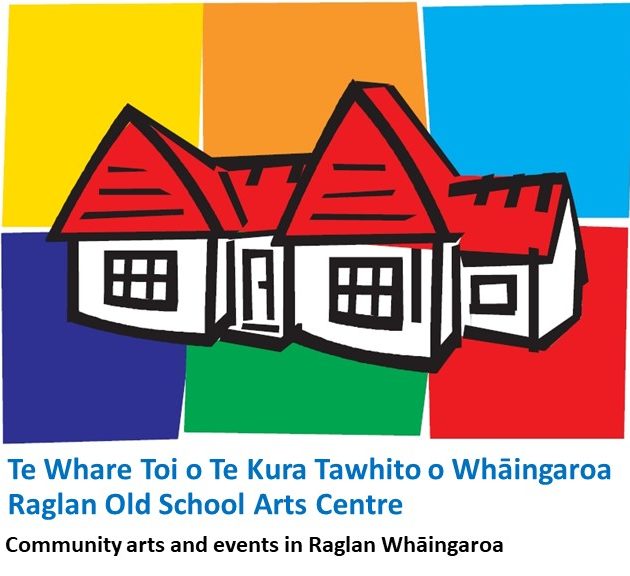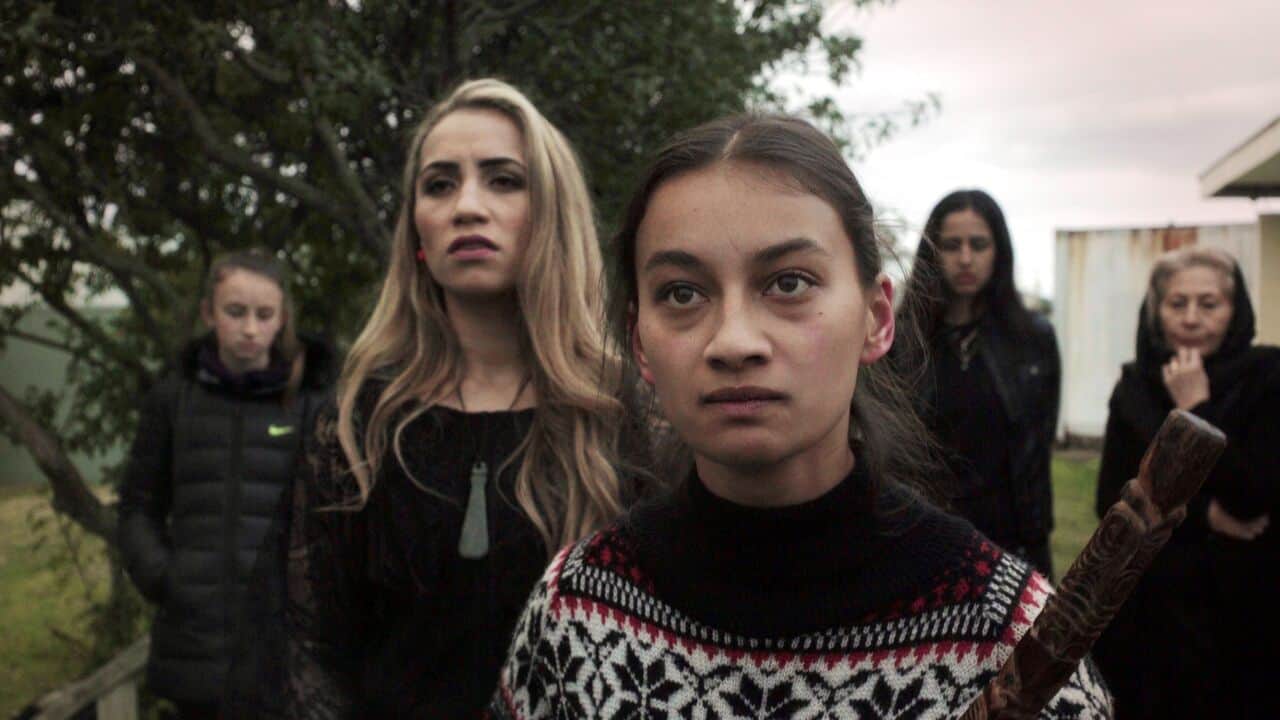Nov 17: Movie- WARU
Sunday Star Times 5/5 Stars. Sarah Watt, “the overall impact of Waru is stunning and it is impossible not to be moved and impressed in equal measure. A reviewer’s work is such we seldom get the luxury of time to watch a film more than once, but Waru is one I’ll be revisiting as soon as I can.”
ENCORE screening of WARU on Friday 17th November at 8.00pm.
Reserve at http://raglanmovies.nz  with door sales from 30mins before session times.
Following the death of a child at the hands of his caregiver, eight Māori women are confronted by guilt, shame, pride and defeat but will ultimately risk everything for the greater good of their community…

The eight stories are all subtly linked and follow different female characters as they come to terms with Waru’s death and try to find a way forward in their community. In MÄori, waru means 8.
Kerry Warkia & Kiel McNaughton, the Producers of Waru say their aim was to communicate the shared feelings we have towards child abuse in Aotearoa (New Zealand).
They said, “We felt the best way to tell this story was from a female MÄori perspective and from multiple viewpoints.
We raised a budget of just under half a million dollars from Te MÄngai PÄho (funding body for MÄori language preservation) and NZ On Air with support from MÄori Television. The NZ Film Commission joined with incredible support once we were in post production.
We invited the 8 film makers: Chelsea Cohen, Ainsley Gardiner, Briar Grace-Smith, Paula Jones, Casey Kaa, Renae Maihi, Awanui Simich-Pene, Katie Wolfe ; each of whom would make one film.
We then set creative restrictions on how all films were to be developed. They were:
• 10 minutes long
• All set during the same time of day
• All filmed in a single shot
• Lead wahine MÄori character
• All connected to the death of Waru
• Only one shoot day per film
Developing the scripts began with a 5 day retreat on Waiheke Island in May 2016 at which time a ninth creative joined the team, Josephine Stewart-Te Whiu. After this each director workshopped their scripts with actors before delivering a final shooting script in July 2016.
Production took place in August 2016 over 8 days. Our locations were scattered all over Auckland from Tuakau to Karaka to central Auckland to Parakai. Every day began with a karakia (MÄori payer) and every day presented new challenges for everyone to overcome in order to shoot the vignette in a single shot.
Anahera had a large cast of tamariki (children); Titty & Bash was shot 80% inside a moving car; Mihi finished with a crane shot; Kiritapu was in a TV studio with working monitors and cameras; Em had a prosthetic that needed to be applied during the shot; Ranui had a large cast of extras and moved from a car to a marae and back again; Mere had a brand new teen actress; and Charm, with the most supporting cast, needed to be choreographed like an intricate dance.
As it turned out some directors ended up with a number of full takes but others only ended up with one or two. Most of the directors decided to splice different takes together if they had the option to. The reason we had given the restriction to film in one shot wasn’t just as a creative challenge but in order to give the feeling of sharing a moment in time with these characters. The actors are living these moments in real time and we are able to watch their entire journey over the 10 minutes.
We believe WARU is not only a new take on the anthology film genre, but also shares important thoughts on child abuse and the factors associated with it from the perspective of wÄhine MÄori (MÄori women).”

